Today, we look at new developments from Ukraine.
Here, main battle tanks have long acted as the centerpiece of mechanized assaults, as mobile and heavily armored firepower remains key to many modern operations. However, with a continuously evolving battlefield, Russians and Ukrainians are adapting their tank doctrines to play into the continued strengths and around new weaknesses, both distinct in their approach to contemporary warfare.
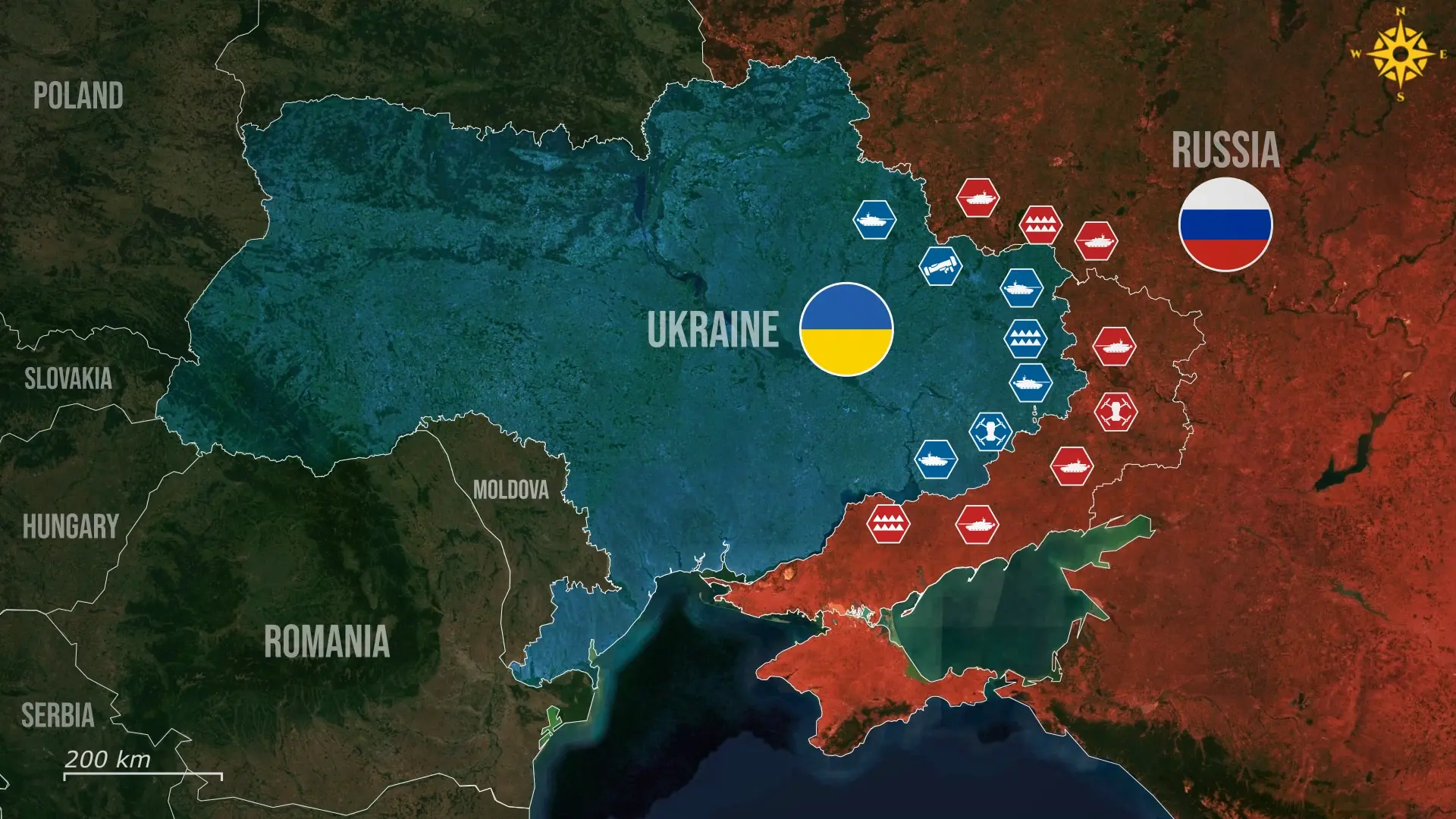
The longevity of the tank concept is rooted in its advantages that enable armies to position powerful guns close to the enemy. Its armor thereby makes the tank stand out among other armed vehicles, and on top of hardened steel, modern tanks are equipped with explosive reactive armor and active protection systems. Because tracks allow it to cross difficult terrain, the tank’s mobility provides it with the flexibility to engage the enemy wherever necessary and constitutes the tank’s third strength. By combining mobility, armament, and firepower, tanks enable a powerful presence at the contact line, which neither drones nor infantry can provide.
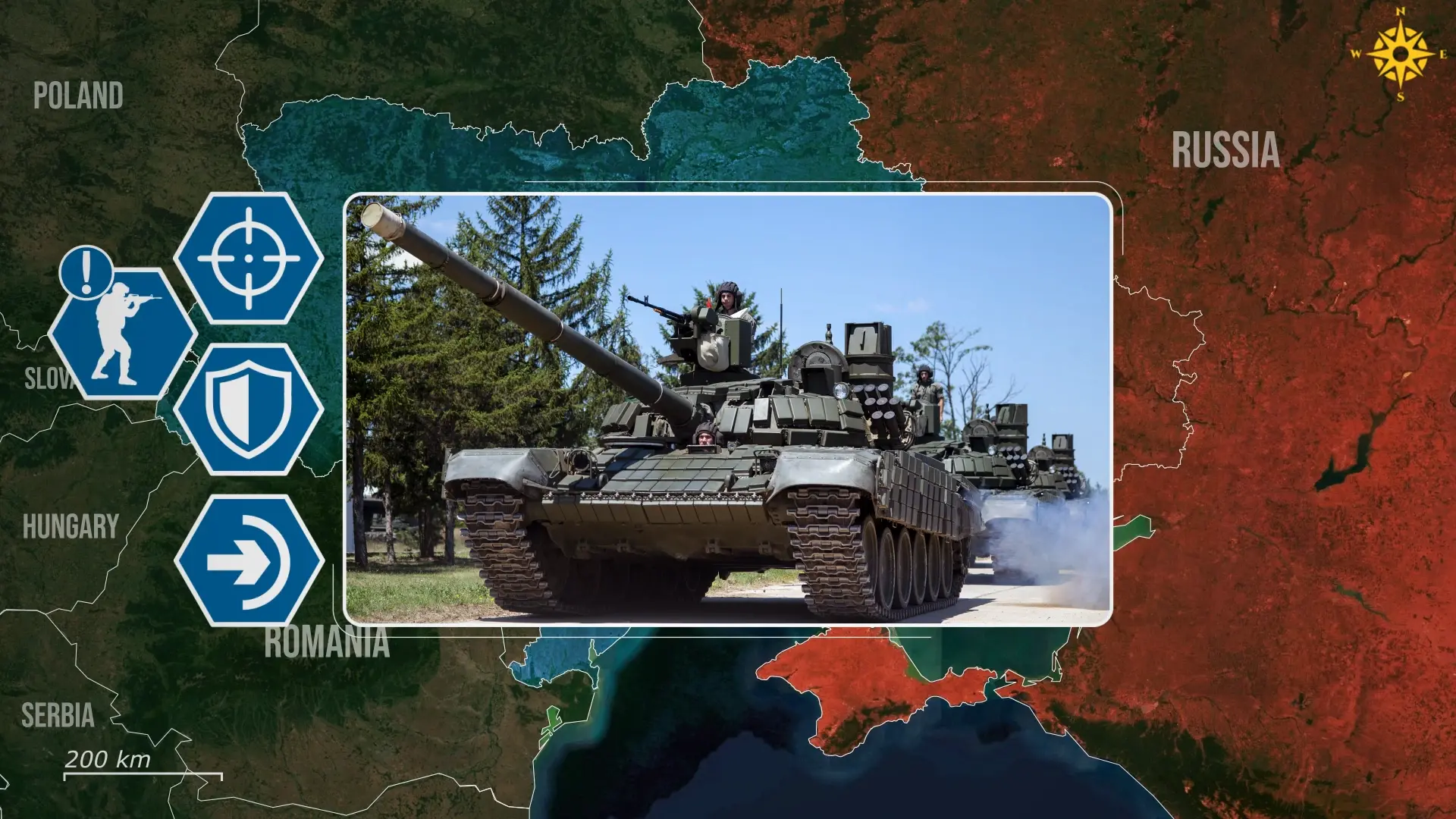
Nevertheless, today tanks face unprecedented threats on the battlefield as most models predate top-attack ATGM’s or FPV drones and feature weak spots at the roof and rear that previously were considered unlikely targets. Visibility constitutes another challenge for tanks that only possess limited optics, and while cameras offer improvements, they are vulnerable to small arms fire and shrapnel, which can leave the tank blind and defenseless. Immobilized vehicles are easy targets for artillery and drones, as the size and heat signatures make them difficult to hide, while the costs of 5 to 25million dollars make each tank loss a major setback.
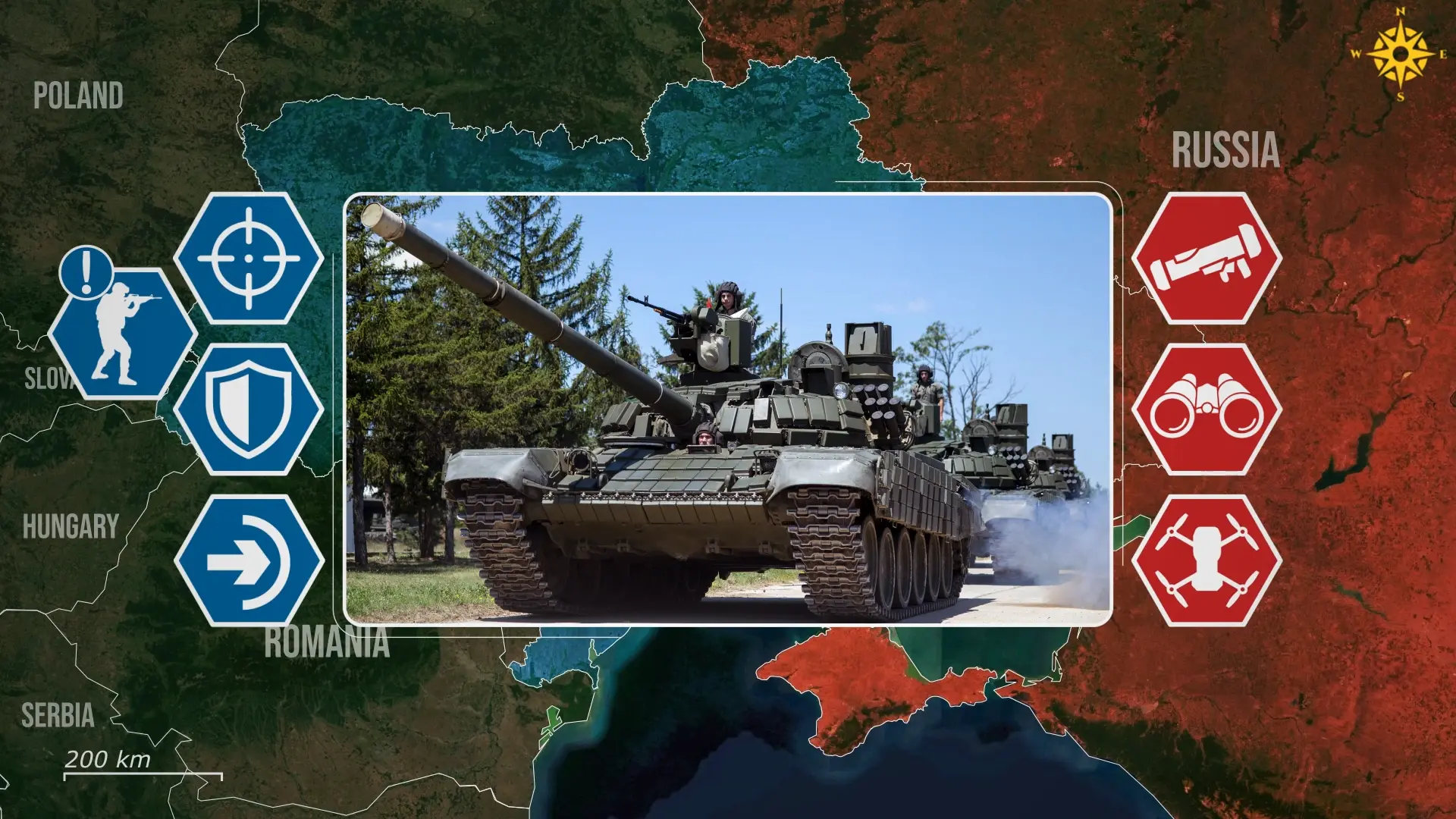
Because tanks are powerful assets, anti-tank strategies attempt to exploit their vulnerabilities. Mines are particularly effective in stopping tank assaults, and many older Russian designs detonate in catastrophic fashion when running over them. Although modern tanks are better protected, they too are often immobilized by mines.
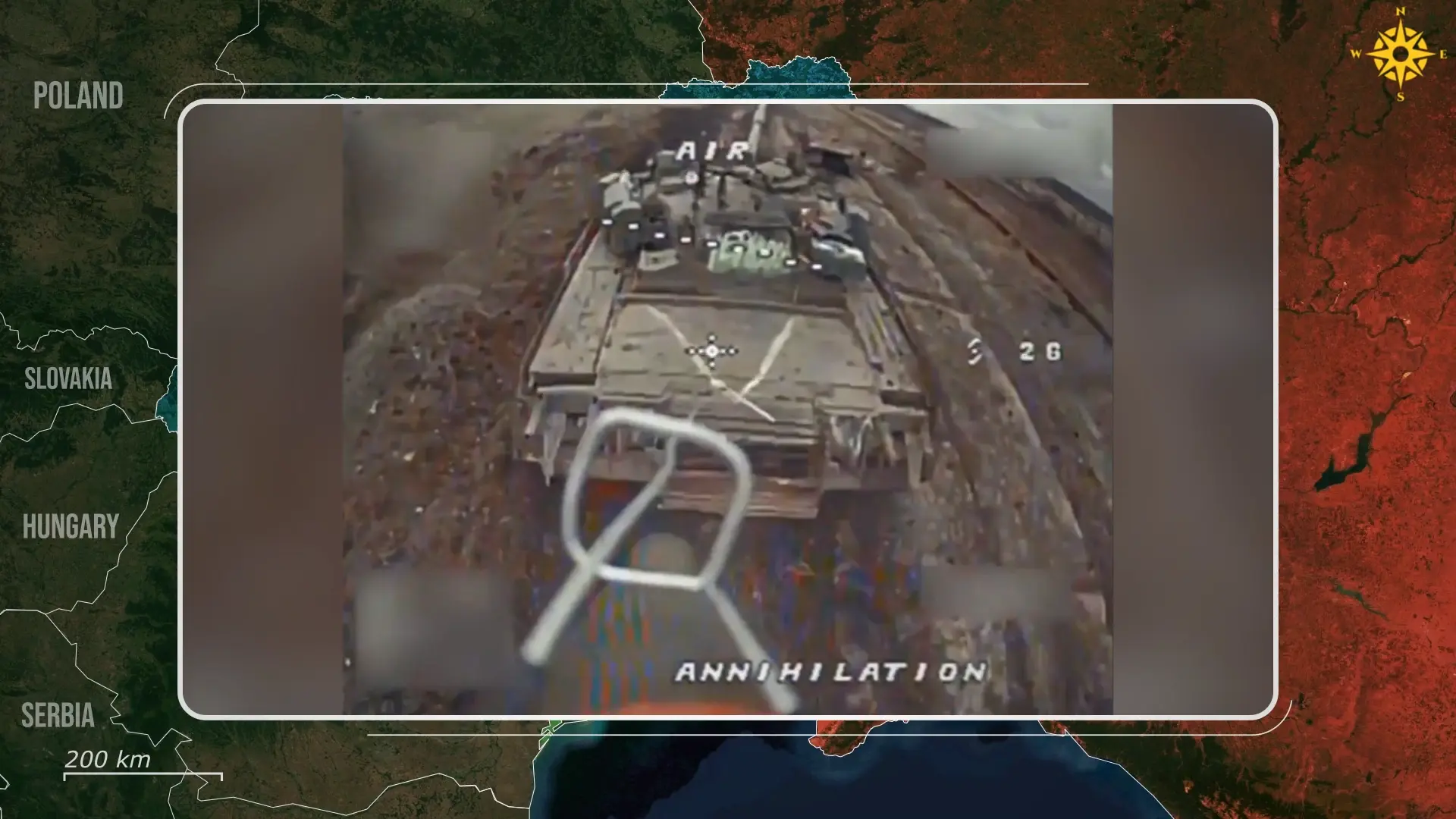
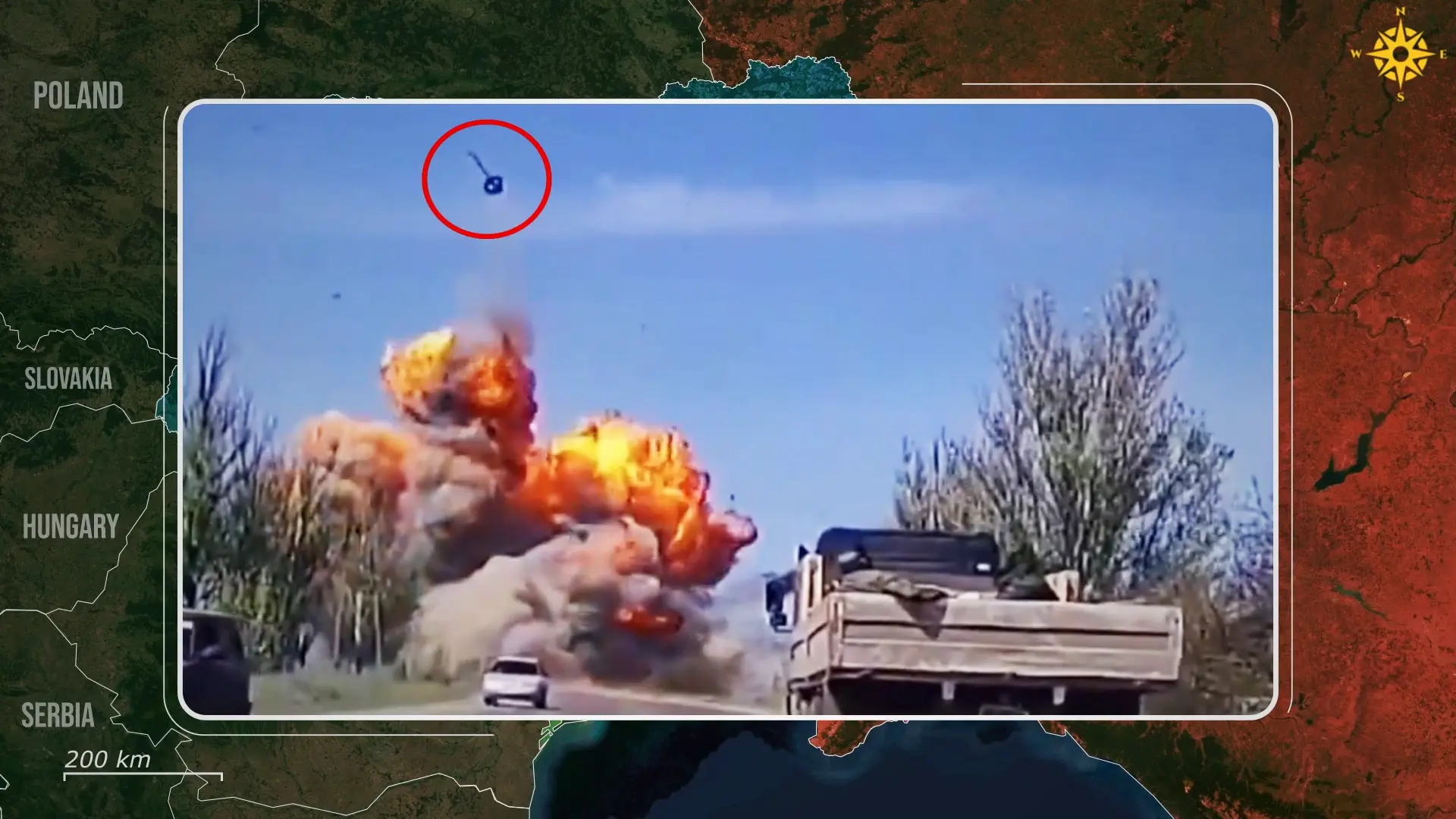
This shows that while tanks excel in mobile combat, they are not suited for every terrain, and urban or fortified environments provide limited maneuvering space and cover for ambushes, especially if the tank is not accompanied by infantry.
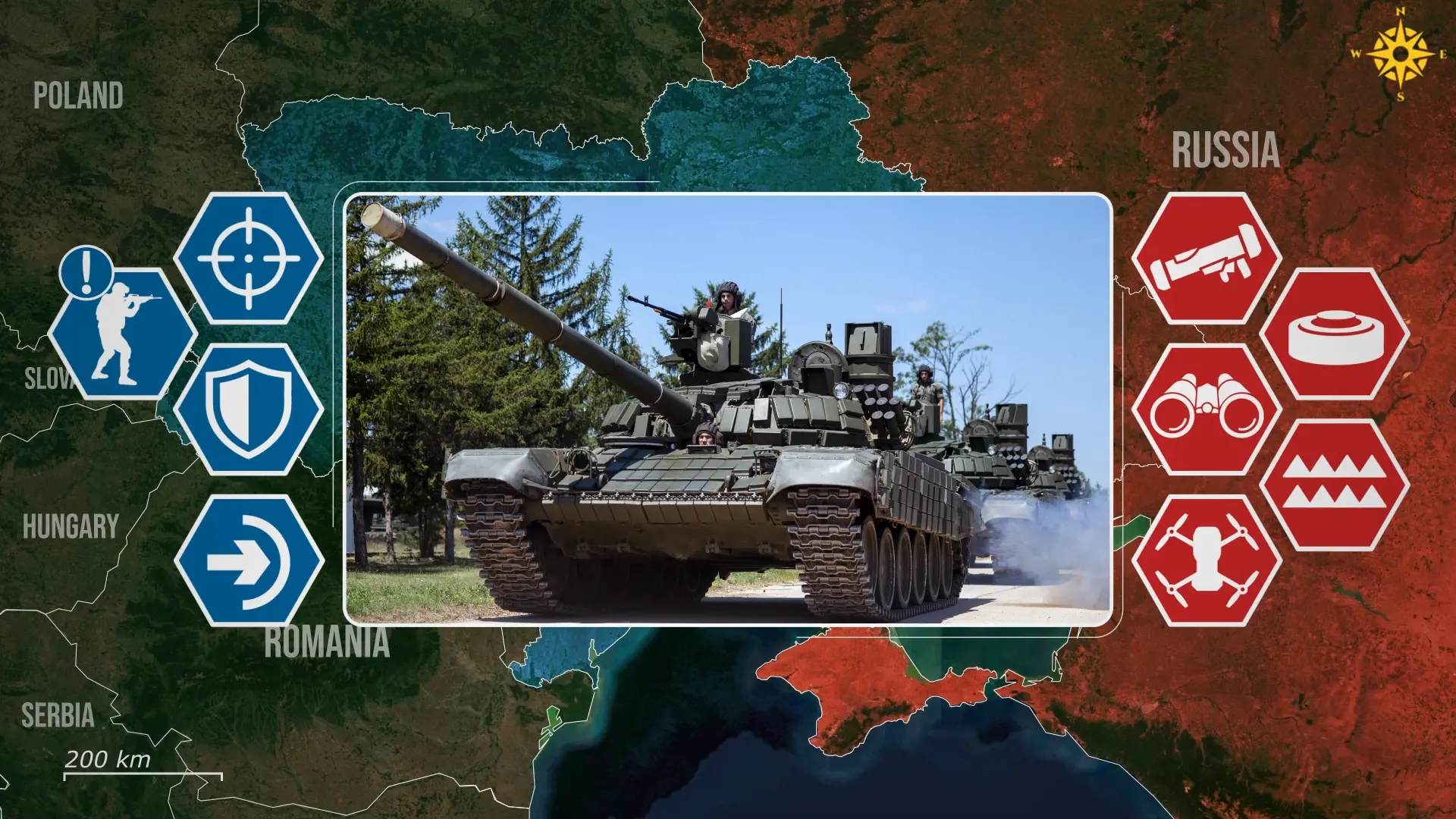
This became apparent during the early days of the invasion when many Russian tanks were lost to anti-tank missiles.
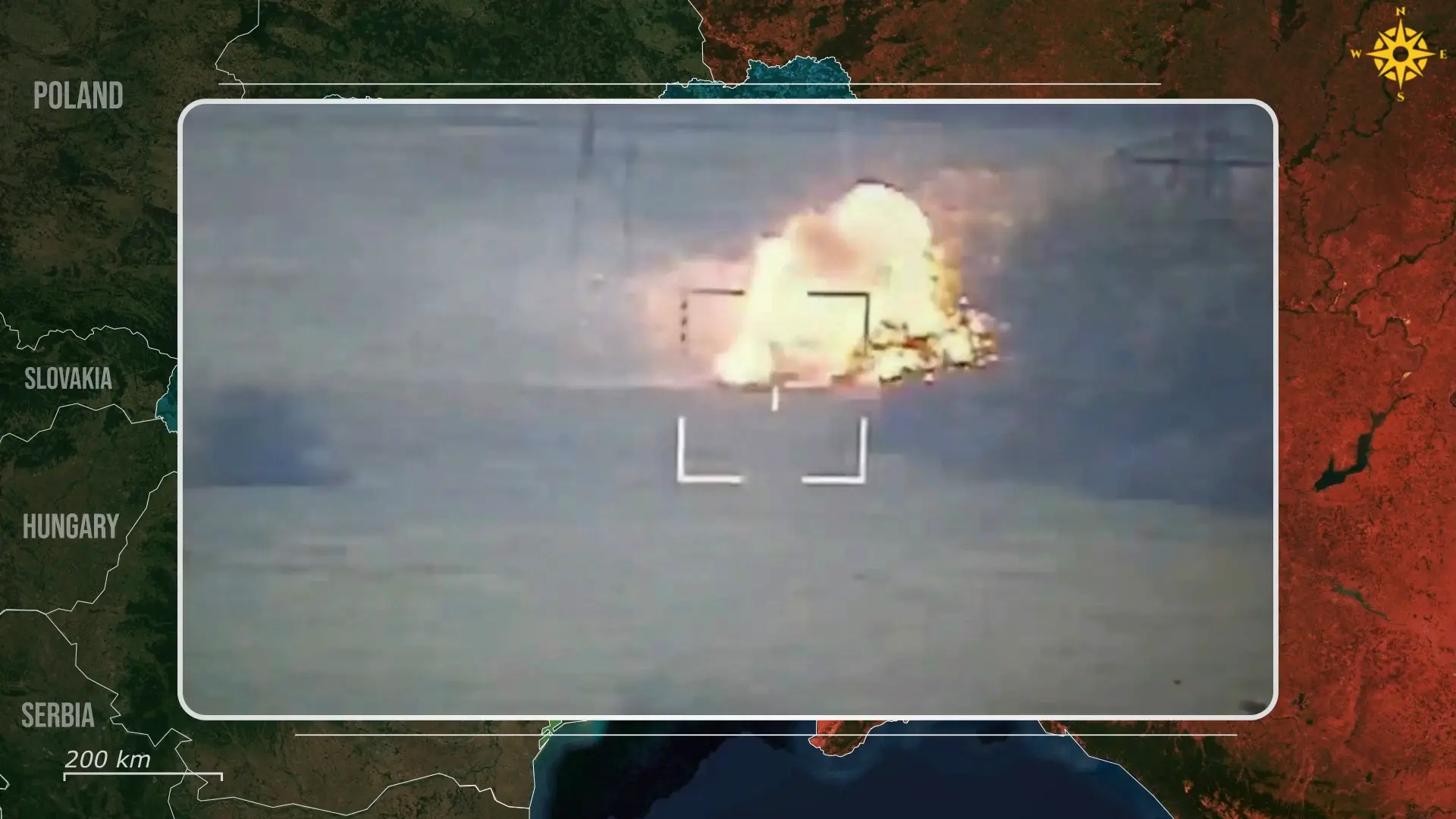
Although Ukrainian tanks saw great success during the 2022 Kharkiv offensive, they suffered heavy losses during the 2023 offensive when they were concentrated against prepared enemy fortified positions. In reaction, Ukraine divided its tanks across its units on the frontline.
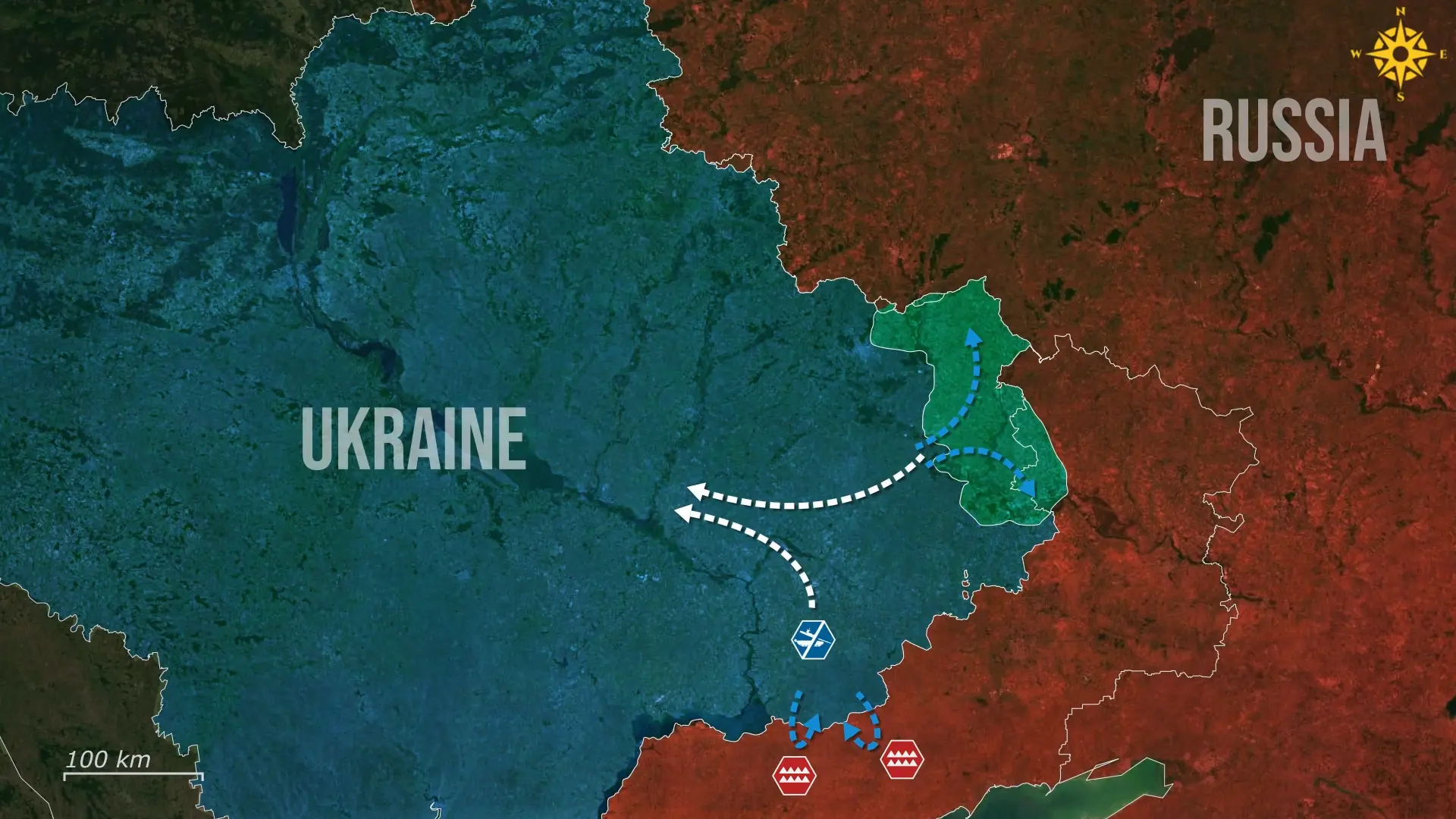
This gives more Ukrainian formations access to tank support, at the expense of designated assault formations. Due to the now permanent threat of drone attacks, tanks now stay hidden in buildings or dugouts and only emerge for short hit-and-run engagements, to fend off lightly armed infiltrators or as makeshift artillery.
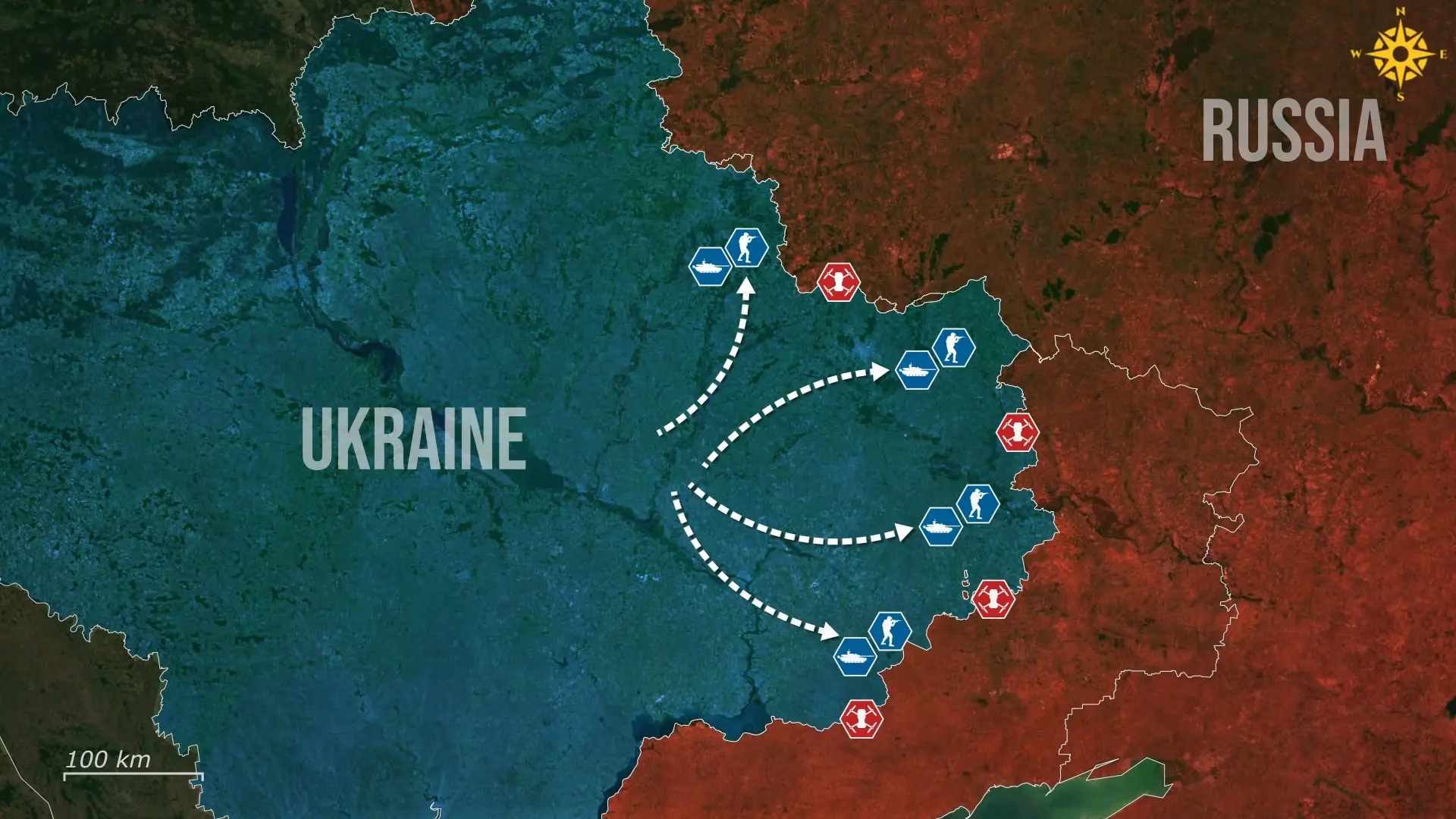
The 2024 Kursk offensive, however, illustrated that Ukraine is still capable of achieving tactical success by concentrating its tanks and restoring maneuver warfare when conditions are set.

While Russia used its large tank force as an iron fist during the first years of the war, it continuously suffered heavy losses by artillery, ATGM’s and FPV drones.
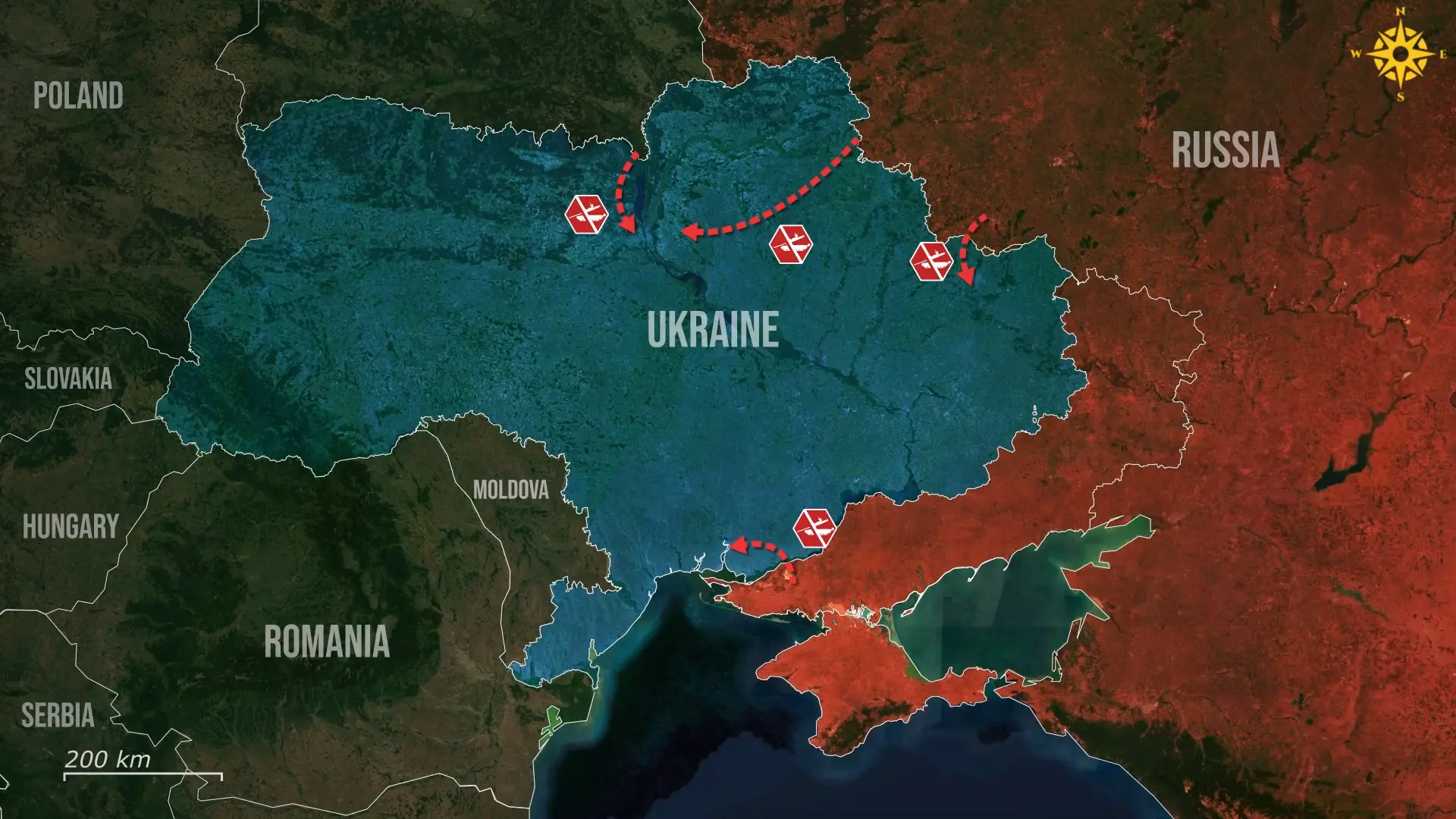
The attrition has since forced Russia to limit the number of armored assaults in favor of other uses, and newer tanks are held back, while some older models are encased in additional armor as so-called turtle tanks. Many tanks are now used as artillery to solve the shortage of self-propelled platforms, or as troop transport beyond the range of Ukrainian drones.

Overall, as drones roam the sky and fortified frontlines limit tank mobility, neither side is able to deploy its tanks in their intended role.
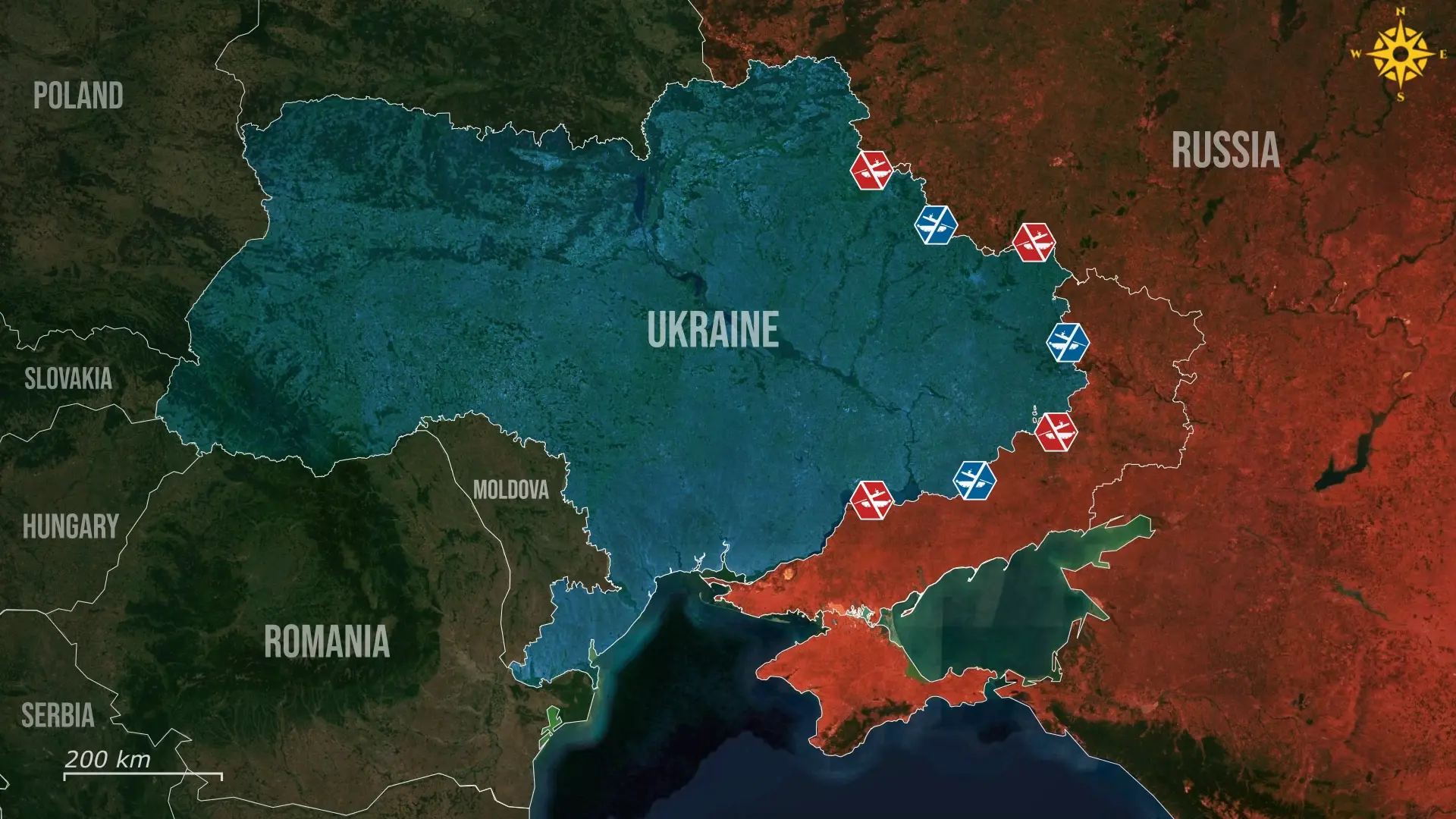
Although the tank currently appears to be on the back foot, engineers are already working on turning the tide in its favor, and new models like the KF51 Panther or the K3-NGMBT promise better protection and integrated drone jamming capabilities, while older models will receive upgrades. The large sums invested in tank development indicate that military leaders believe that the tank will retain its role as an armored breakthrough and support vehicle in the future.
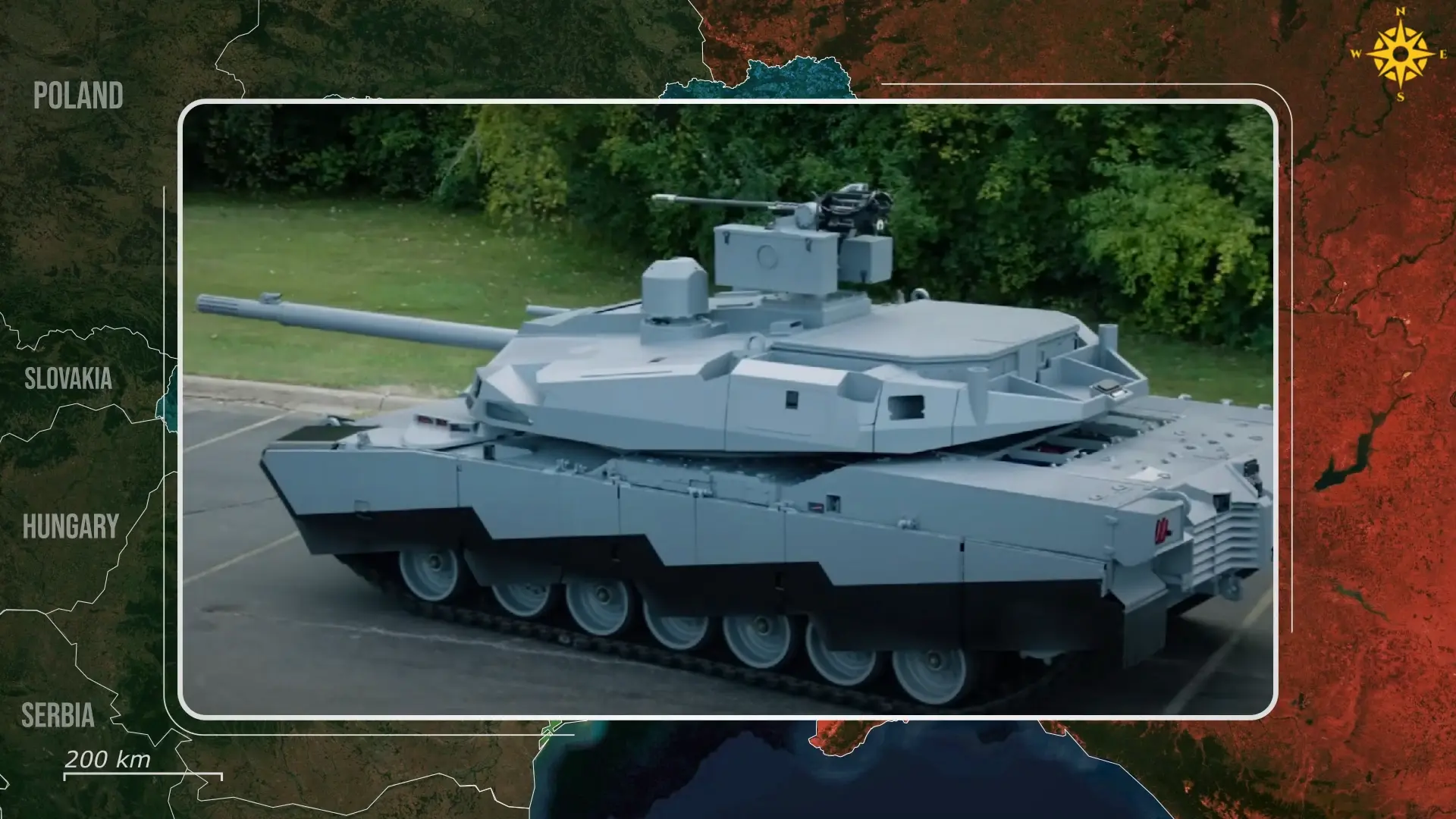
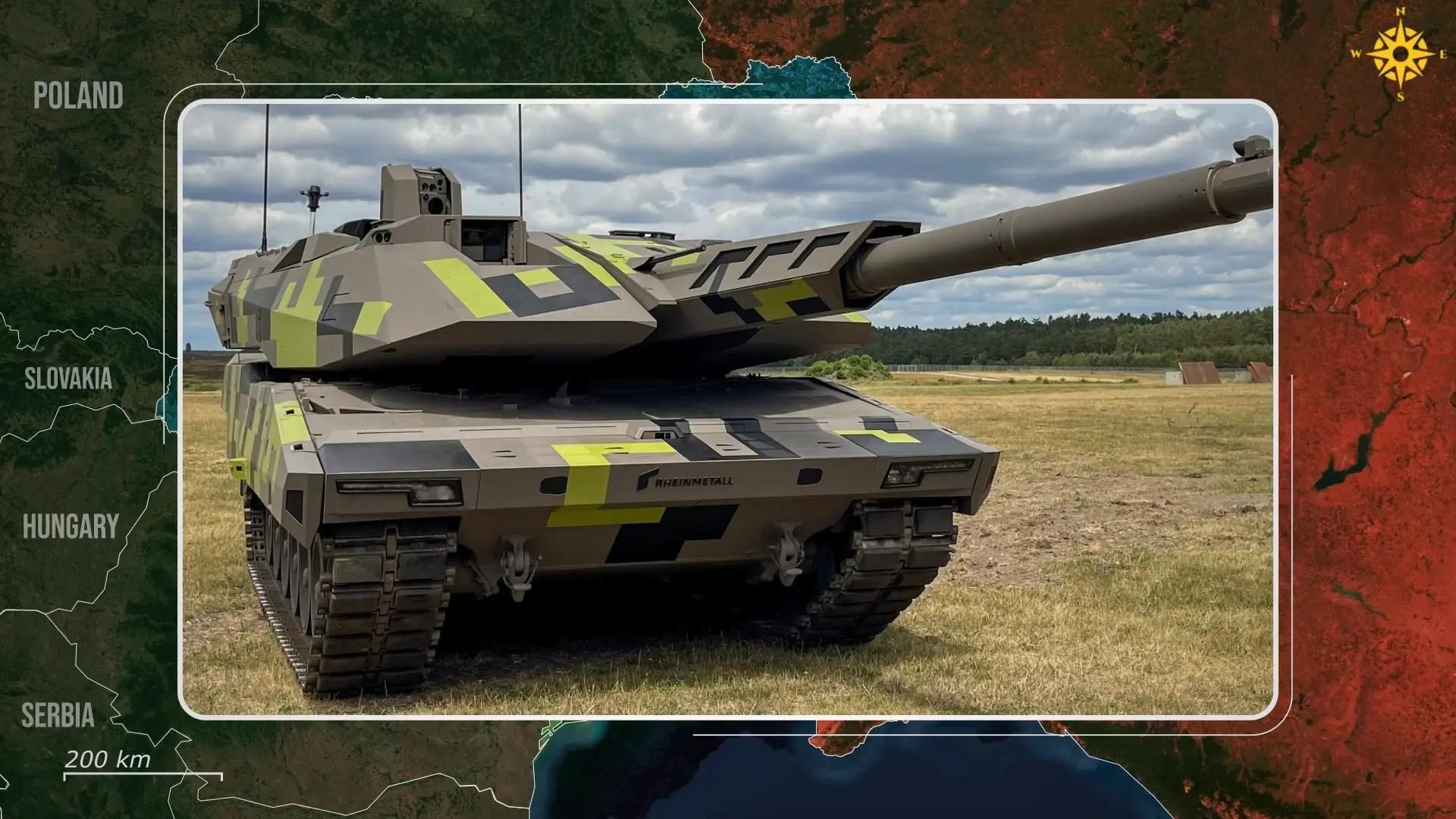









.jpg)
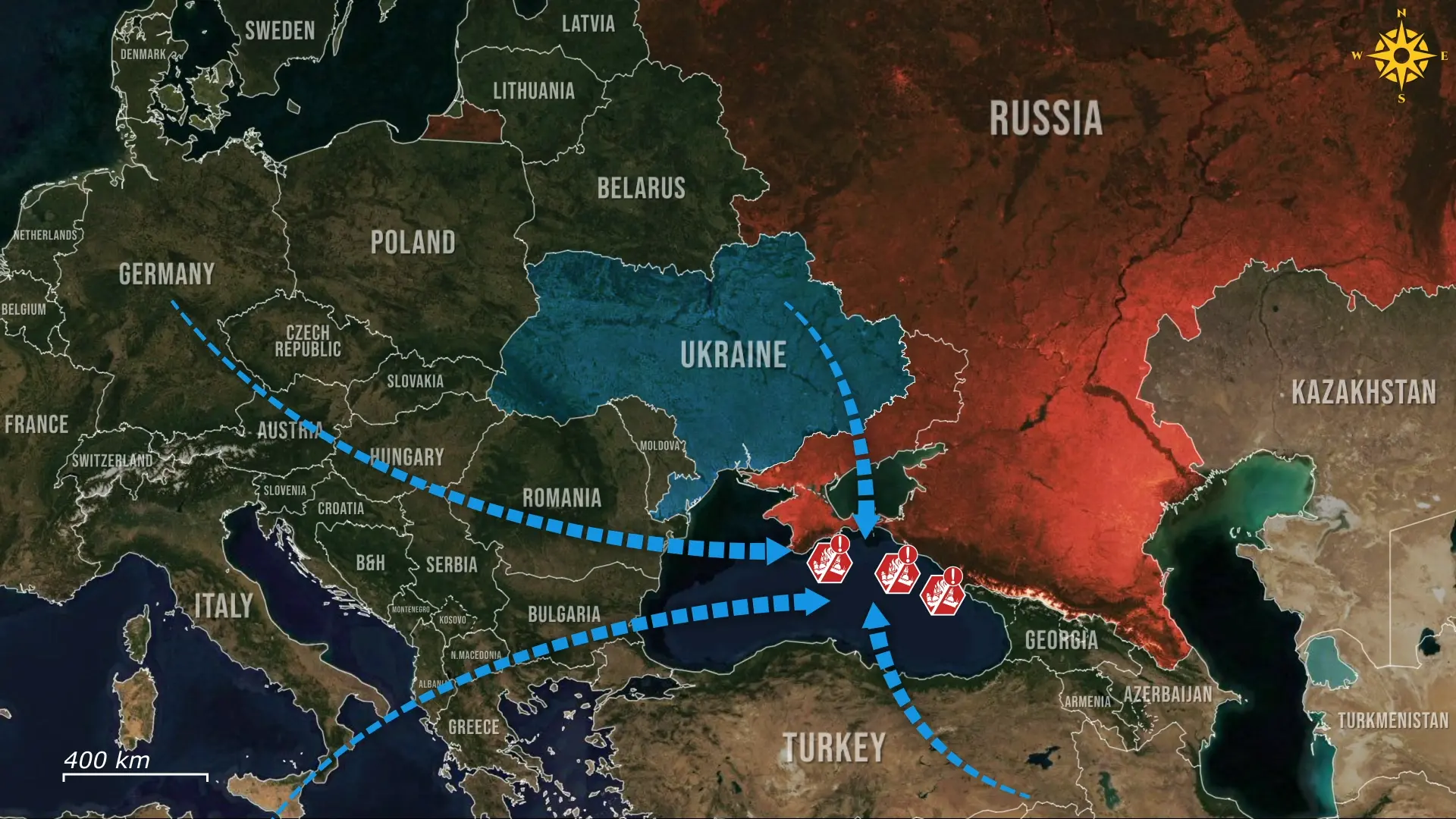
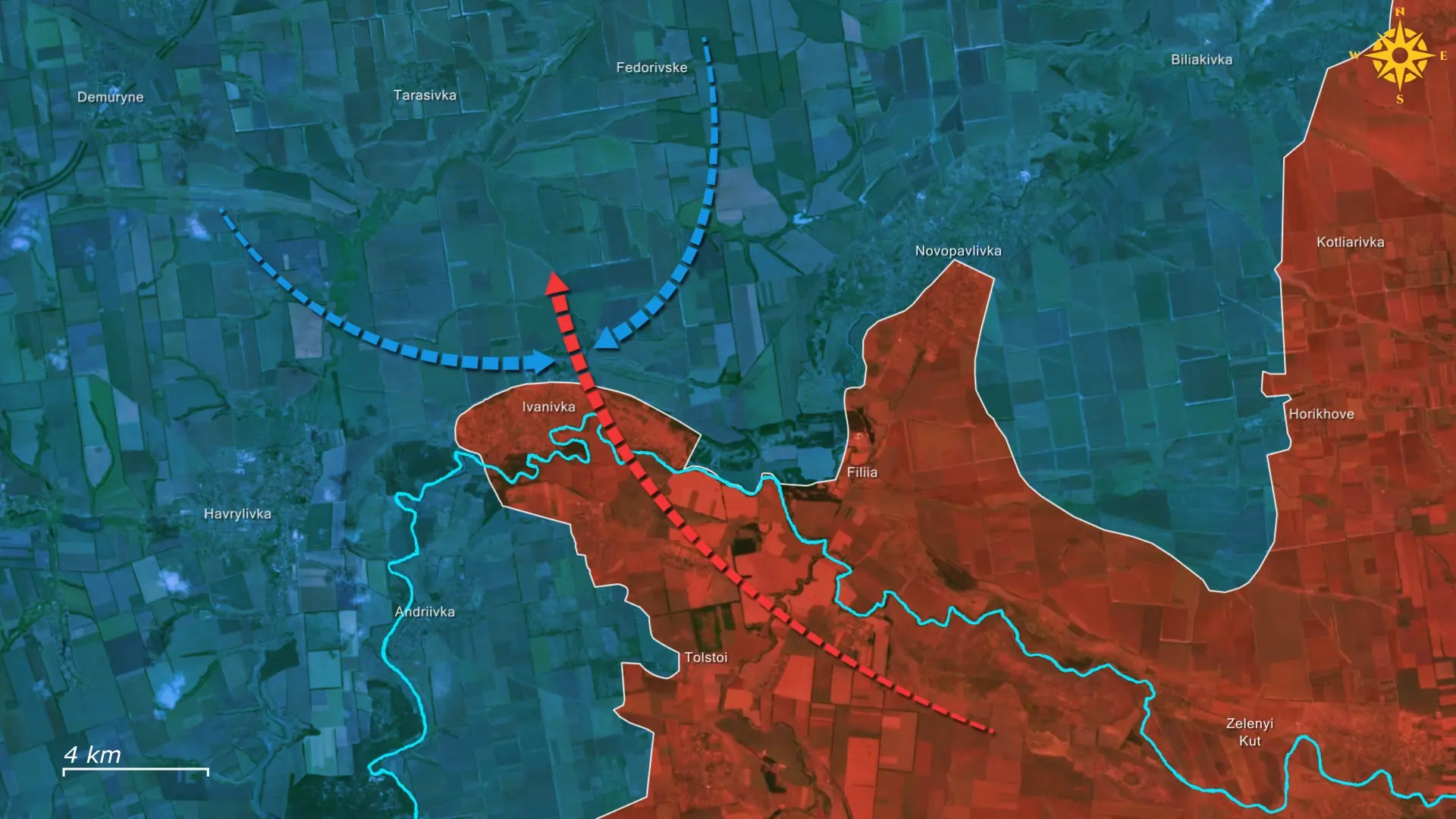

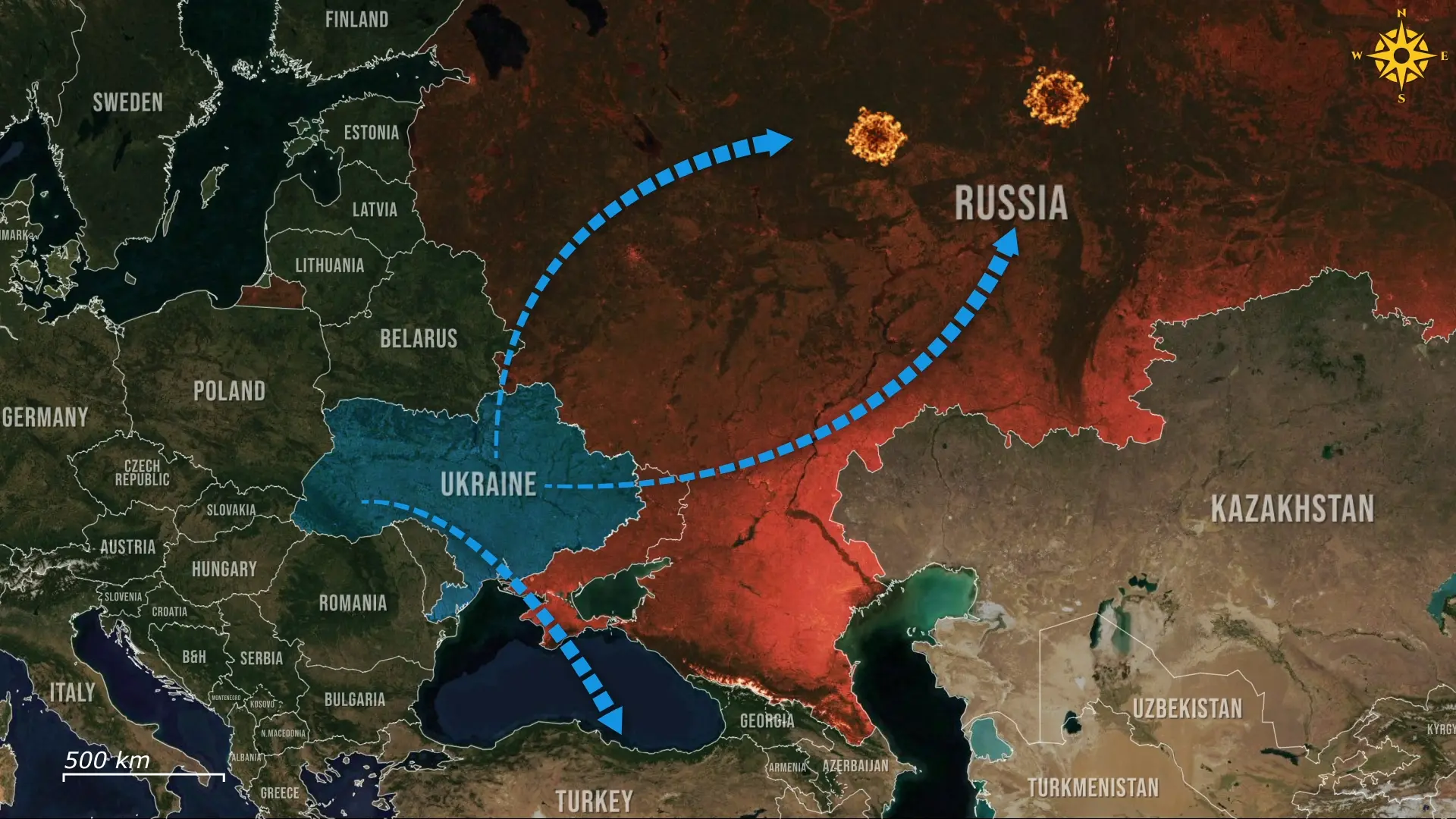
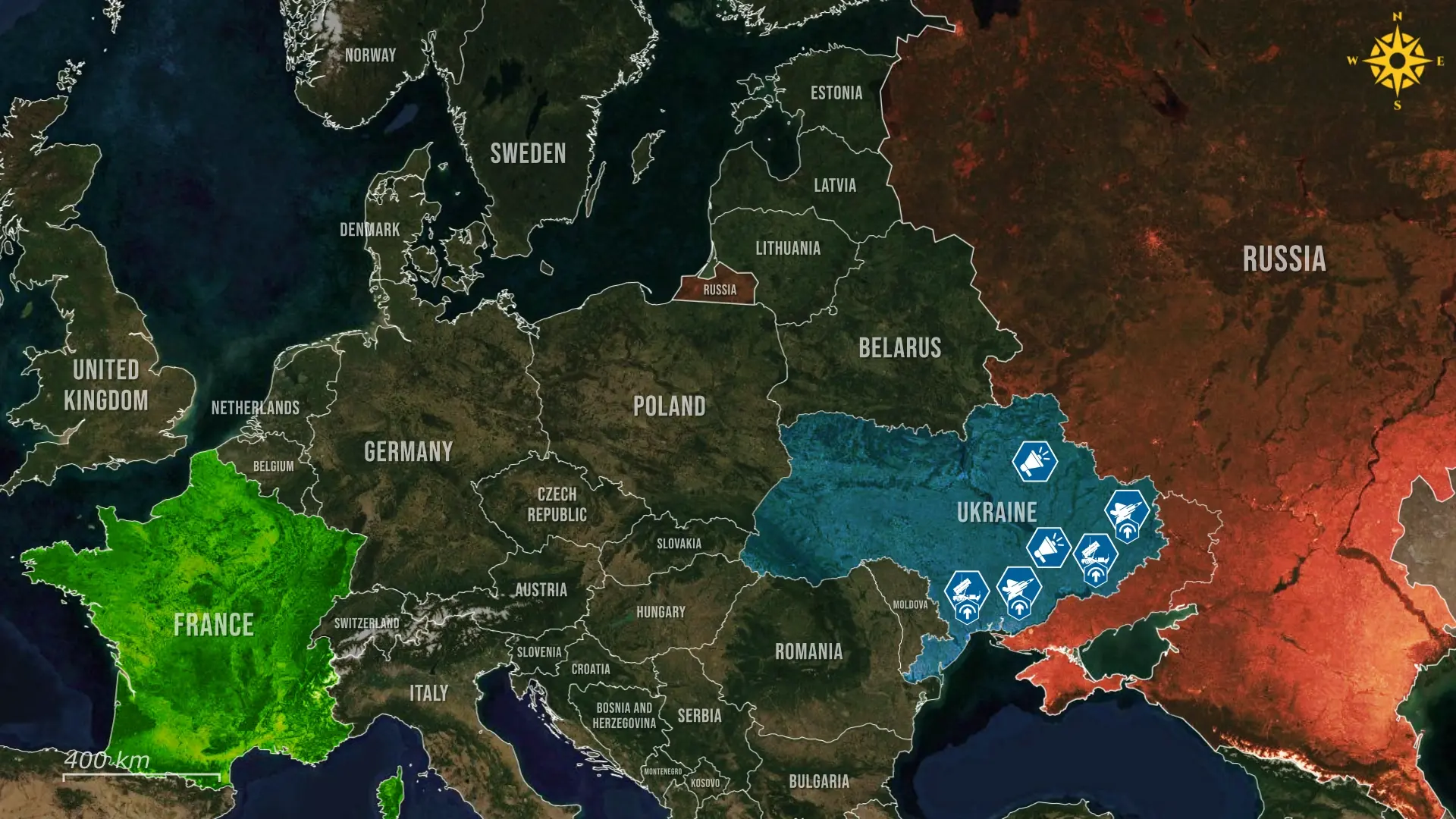
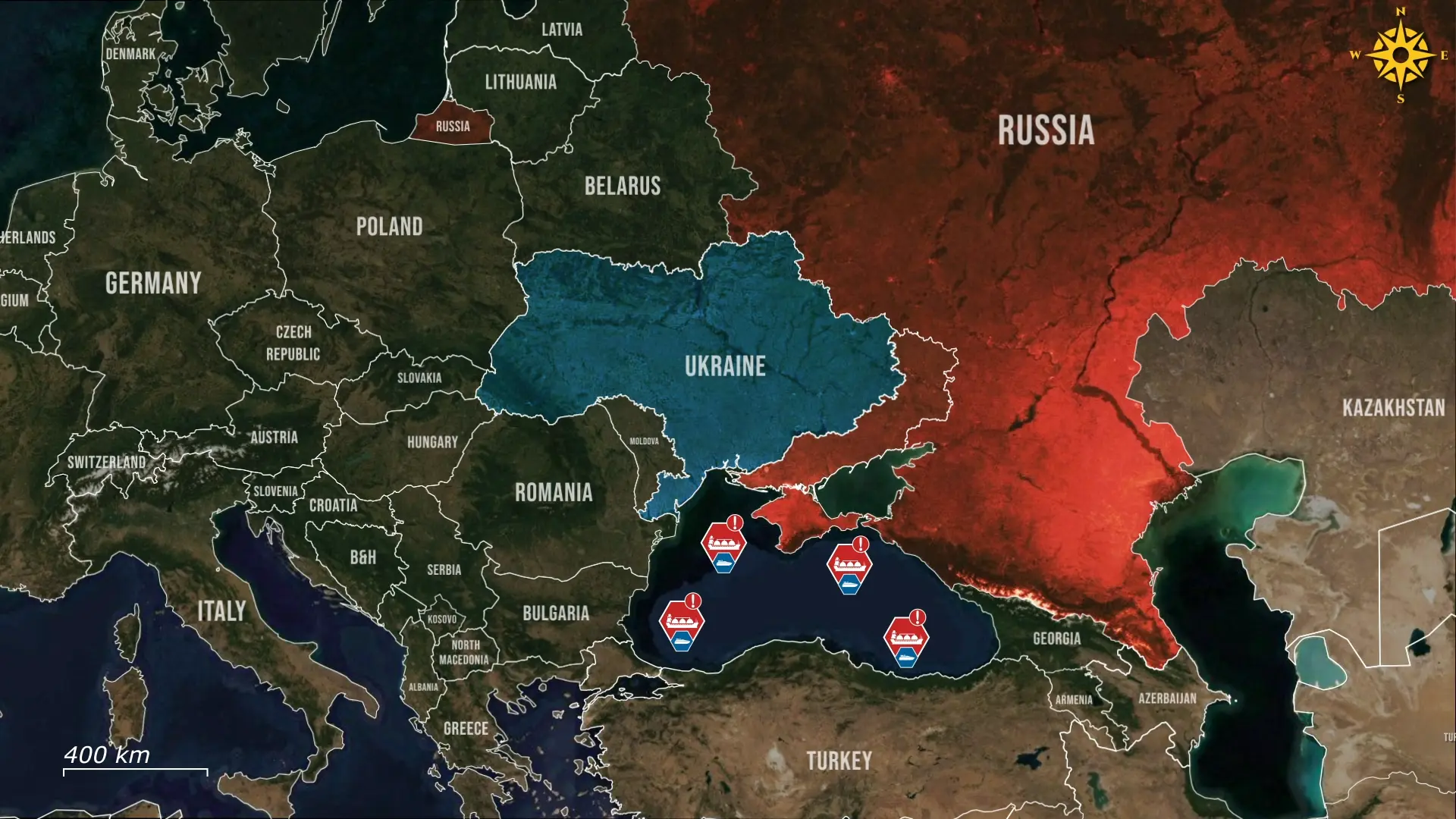
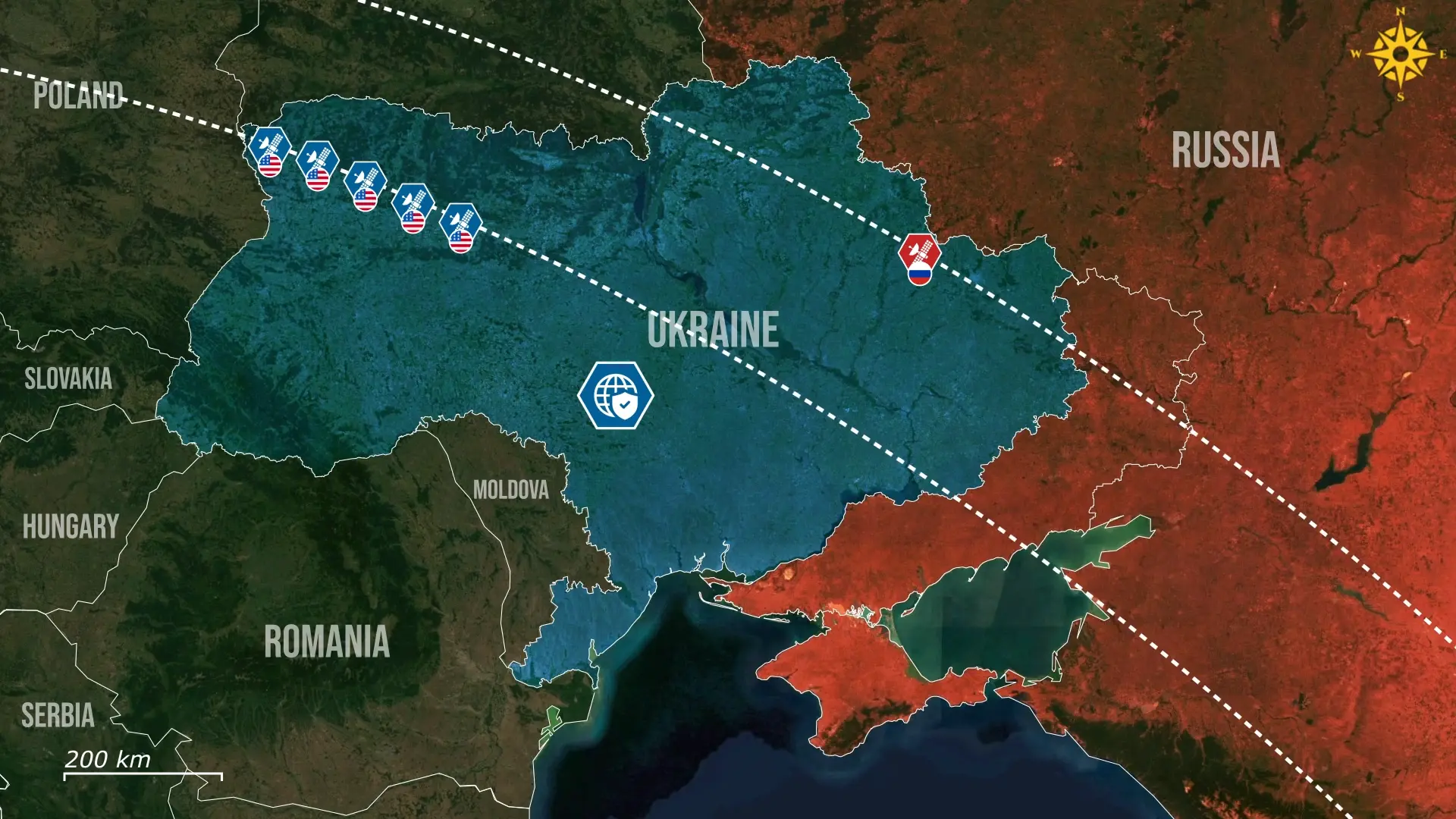
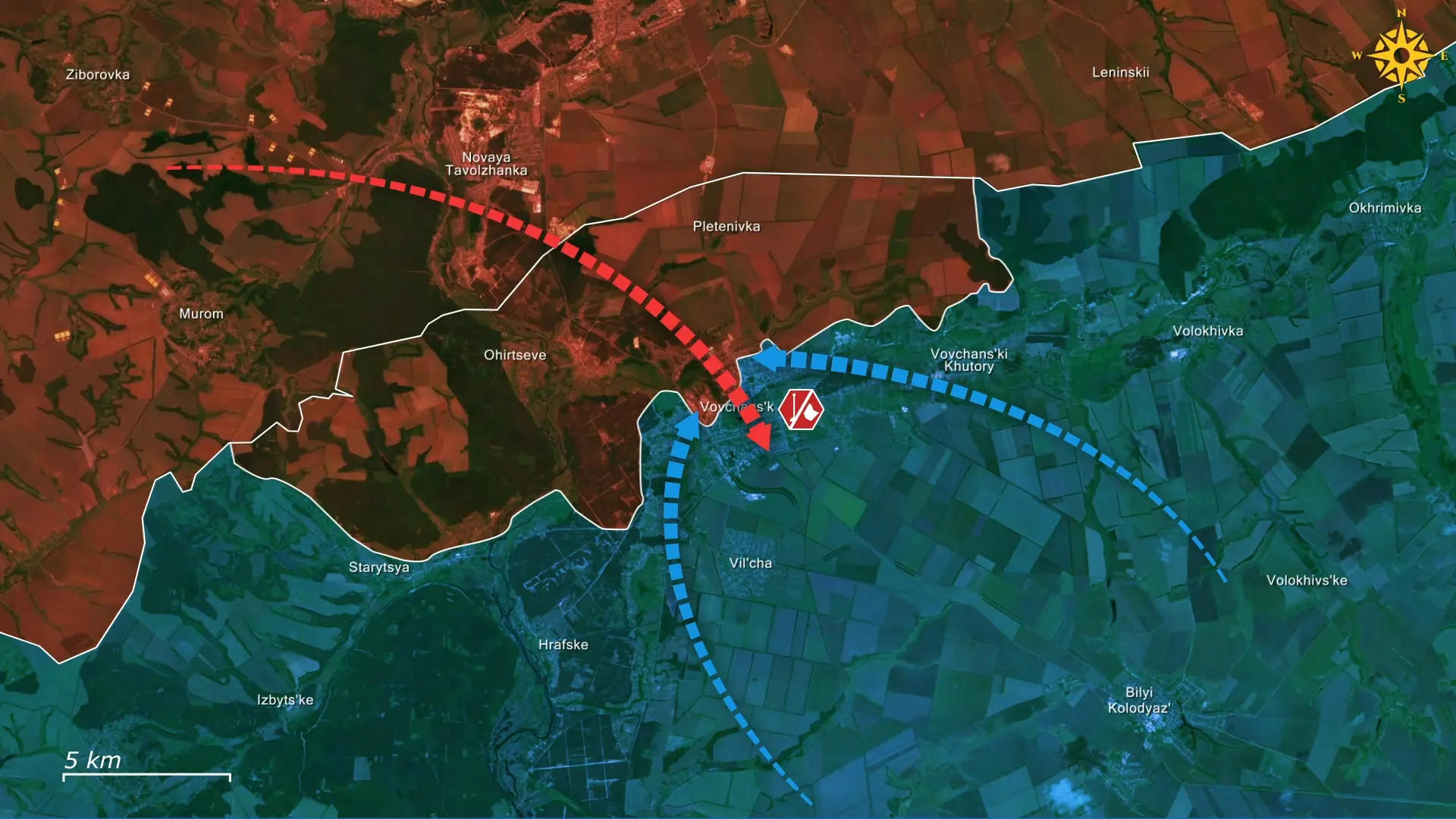
Comments